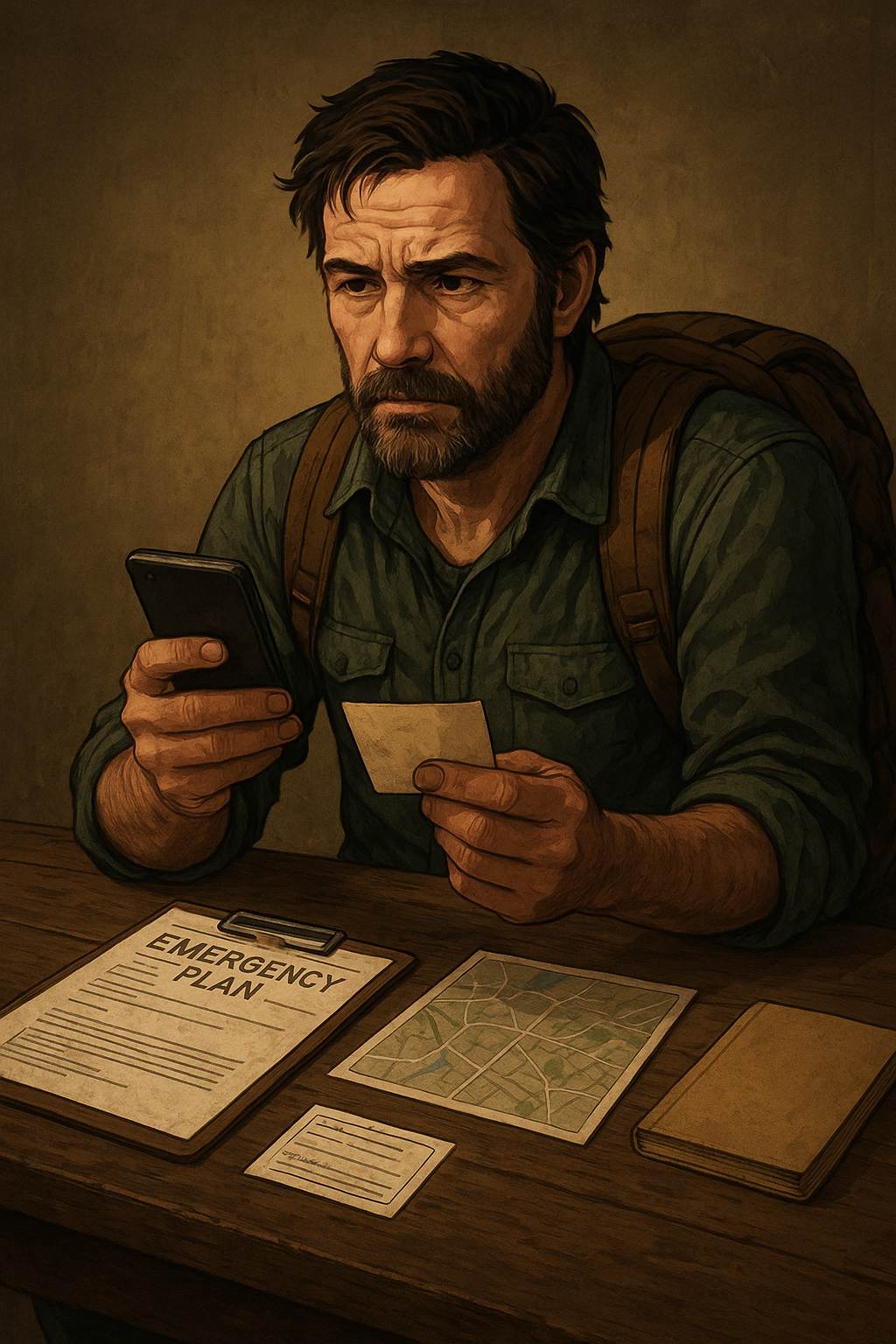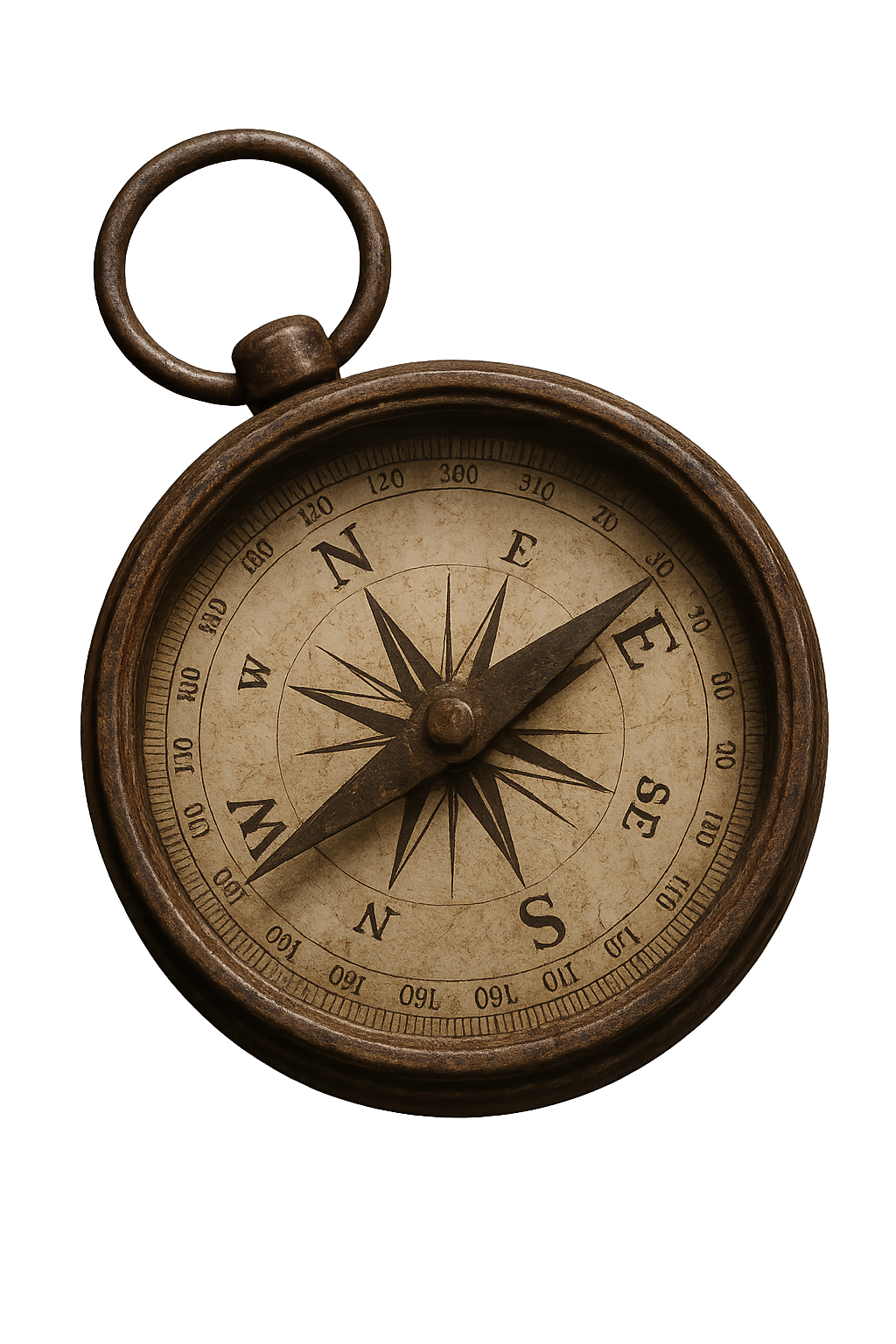When disaster strikes, chaos often follows. Power lines go down, mobile networks overload, and panic spreads faster than the storm itself. In those moments, one thing can make the difference between fear and confidence — a solid family communication plan.
Why Communication Matters
In any emergency, uncertainty is the real enemy. You might not know where your loved ones are or if they’re safe. Phones die, Wi-Fi disappears, and even GPS may fail. A well-thought-out communication plan ensures that everyone knows what to do and where to go, even when technology fails.
Step 1: Choose a Primary and Backup Contact
Pick one person (preferably outside your area) to act as the main contact. During disasters, long-distance calls often go through easier than local ones. Every family member should know this contact’s number by heart — not just saved in their phone.
Create a backup contact as well, just in case the first person can’t be reached.
Step 2: Establish Meeting Points
Decide on two key meeting places:
Near your home, in case of sudden evacuation (like a fire).
Outside your neighborhood or town, if returning home becomes impossible.
Mark these spots on a physical map — don’t rely solely on GPS.
Step 3: Prepare Written Cards
Make small emergency contact cards for everyone — especially kids.
Include names, phone numbers, addresses, and meeting points. Laminate them or keep them in a waterproof bag. These tiny cards can be life-saving if someone gets separated from the group.
Step 4: Practice the Plan Regularly
Treat it like a fire drill. Every few months, test your communication plan.
Try texting, calling, and meeting at the designated points.
The more you practice, the calmer you’ll be when it truly counts.
Step 5: Use Multiple Communication Channels
Don’t rely on just one method. Combine:
Text messages (use fewer network resources than calls).
Radio communication (walkie-talkies or emergency radios).
Offline apps that store maps and contacts.
Signal flares or whistles if technology completely fails.
Final Thought
A family communication plan is more than just a list of phone numbers — it’s a lifeline. It turns fear into action and confusion into coordination. In the worst moments, you’ll know exactly what to do and how to reach each other — and that calm can save lives.

